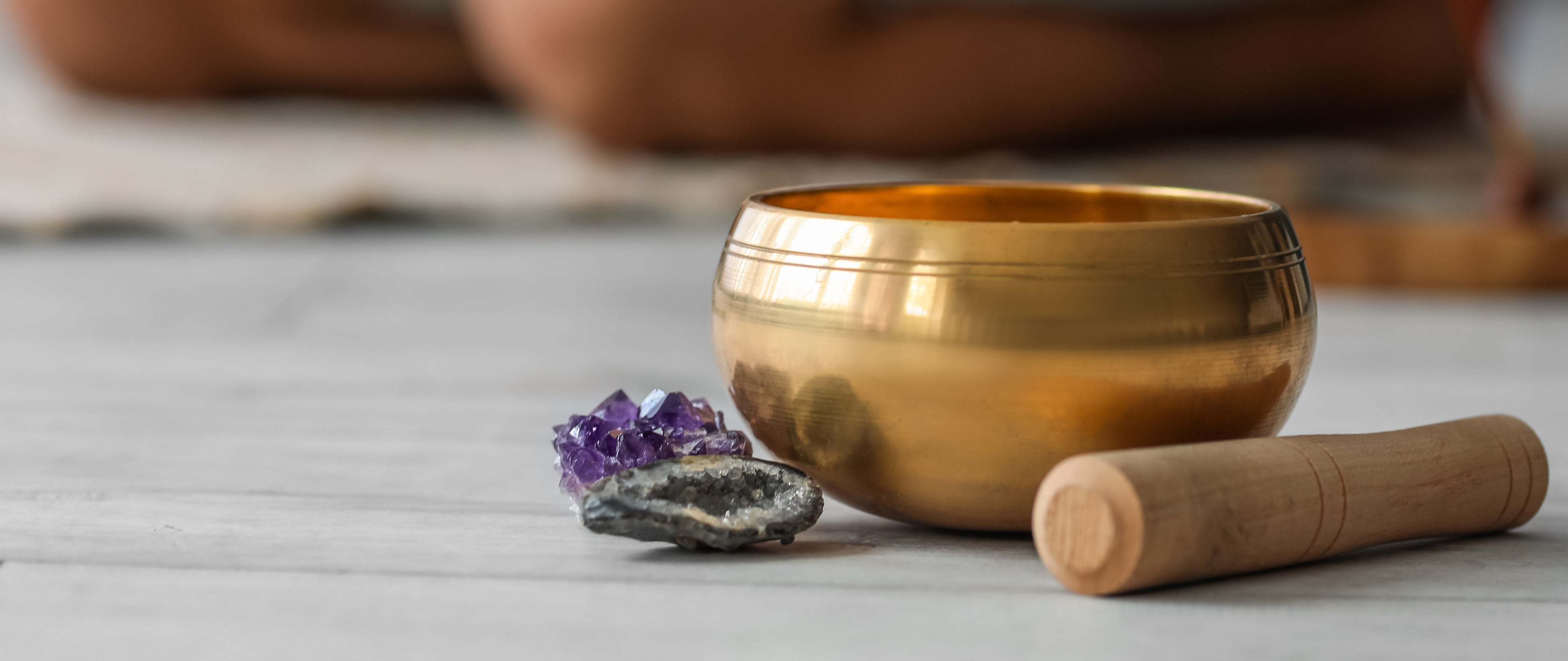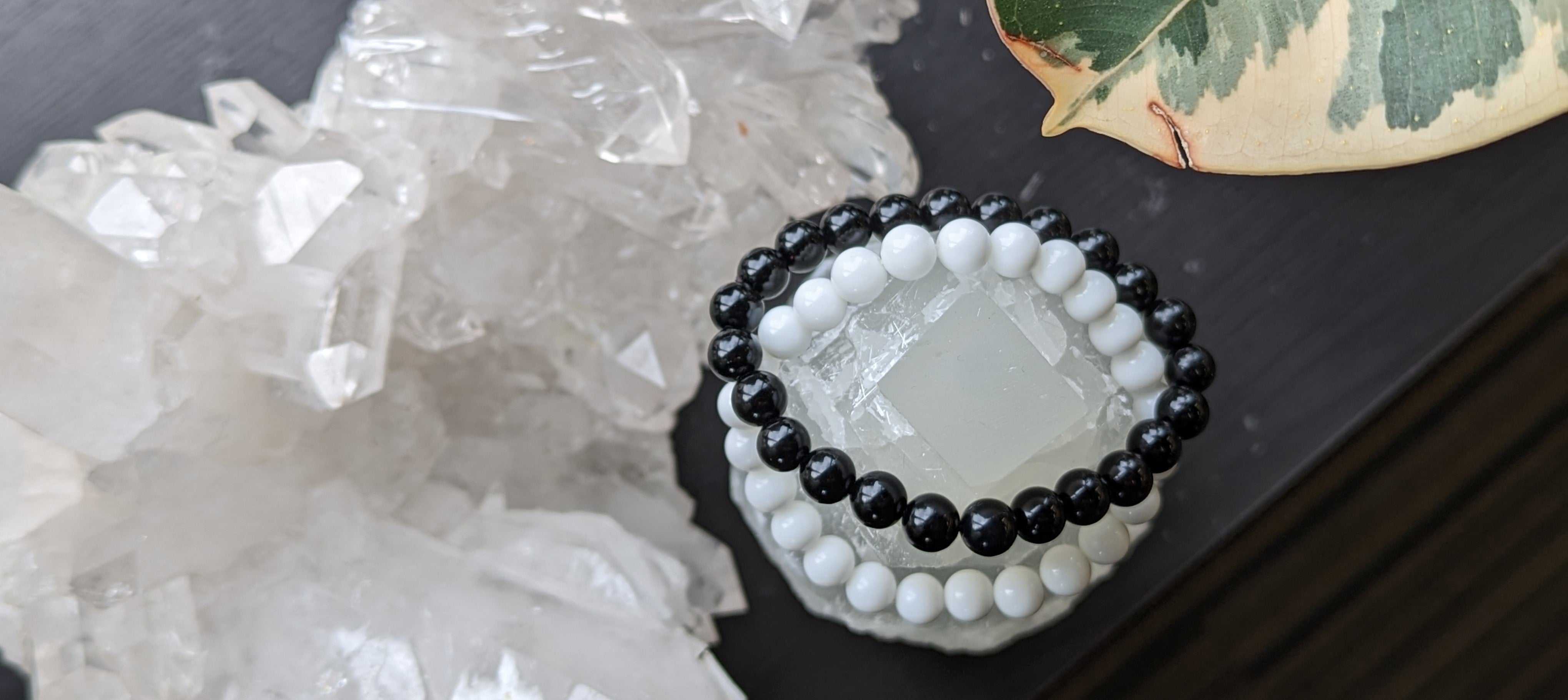The Physical Properties of Aventurine
Aventurine is most recognized for its coarse flecks of copper, dispersed within the glass in an unnaturally uniform manner. It is usually a golden brown, but may also be found in green or blue. On the Mohs' scale of harness, it scores 7.
Aventurine gemstones can vary from light to dark green color. The green aspect of aventurine is sometimes classified as a rock since it is technically a combination of two minerals. However, most experts still classify Aventurine as a variety of Quartz rather than a mineral mixture.
The sparkling or gleaming effect displayed by Aventurine is known as aventurescence. This effect can be intense or weak, depending on the density or size. The color of Aventurine can also vary, and a single gemstone may have darker and lighter color zones. Most Aventurine has a sugary or grainy texture in a natural state; this is removed when refined into a gem.
The History of Aventurine
The name aventurine originates from the Italian word “a ventura” meaning “by chance.” This is a reference to the lucky discovery of aventurine glass or also known as goldstone which occurred at some point in the 18th century. Most green and blue aventurine is found in India while the white, gray and orange aventurine is found in Russia, Spain, and Chile.
Most aventurine is carved into figurines and beads with only the more exceptional examples shaped into cabochons which is when a gemstone has been polished or shaped, later made into jewelry.
The Lore of Aventurine
Aventurine has been used as a talisman for luck and is a beneficial stone for gamblers. Legends tell that it is an all-purpose healer, used to decrease stress, develop self-confidence, and improve prosperity and imagination. An ancient Tibet legend describes aventurine as being used to increase the wearer’s creativity and enhance nearsightedness. Many believe that aventurine can bring about inner peace and can quiet a troubled spirit.
The Metaphysical Properties Aventurine
Aventurine strengthens decisiveness and leadership qualities. It also encourages determination, promotes empathy and compassion. Aventurine alleviates severe neuroses and stammers. It stabilizes one's state of mind, enhances creativity and stimulates perception. Aids in seeing possibilities and alternatives as well as soothes irritation and anger. Aventurine also balances male-female energy.
It stimulates regeneration of the heart and defends against environmental pollution. Aventurine benefits the nervous system and thymus gland, boosting the metabolism and balancing blood pressure, and lowering cholesterol. Aventurine has an anti-inflammatory effect and eases skin outbreaks, migraines, allergies, and soothes the eyes. It heals the heart, lungs, muscular, sinuses, and urogenital systems.
Aventurine properties can assist with the solar plexus chakra, which makes it a powerful gem for soothing negative emotions such as anger that often gets trapped in the lower abdominal area. To harness these positive, healing vibes, place Aventurine on the heart and lower part of the stomach. While taking deep and relaxing breaths, the stone will release the negativity from the body and spirit, and your aura will be filled with positivity that encourages harmony and tranquility on your spiritual journey.





